Kotor, a walled medieval city set on the coast of the Adriatic Sea, offers everything Dubrovnik does – but without the crowds. Kotor’s history is just as rich as its more famous counterpart’s, and it boasts even more impressive architecture.
1. Charming Old town of Kotor
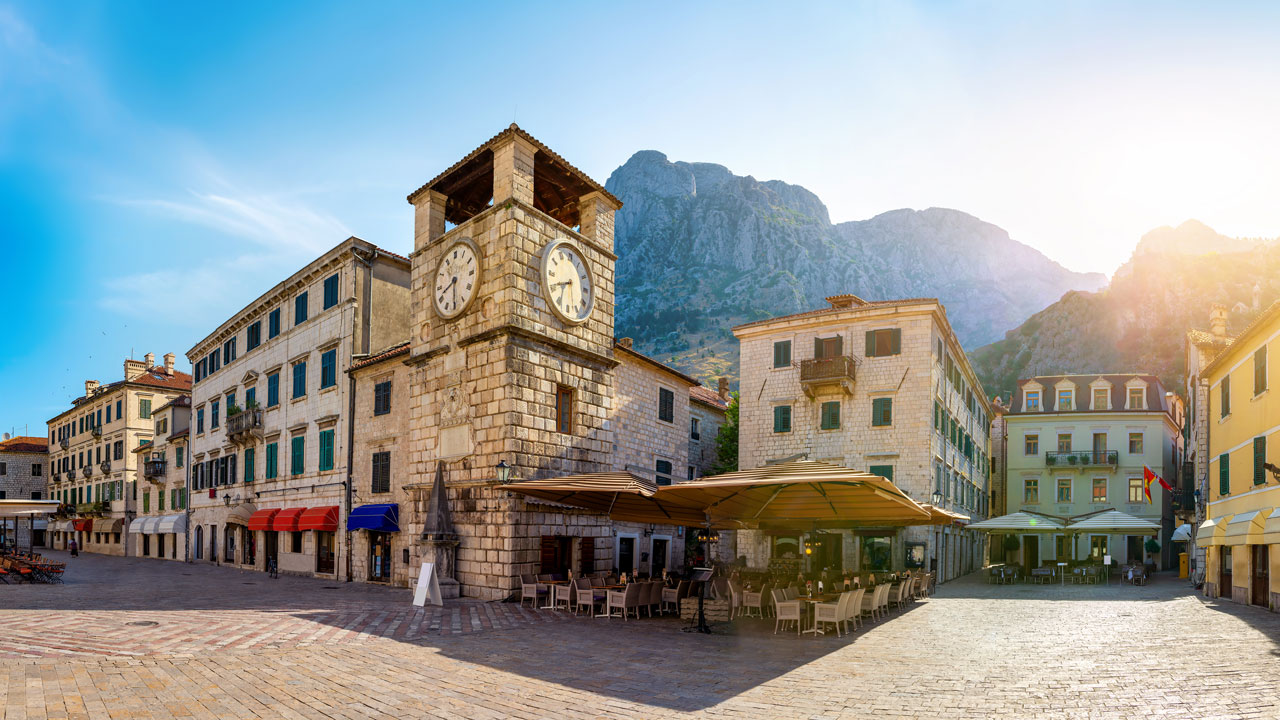
Kotor’s old city looks like a smaller version of Dubrovnik, located in the Boka Kotorska Bay. It was discovered before the time of Homer and has been conquered by conquering nations ever since. Its heyday was during the Nemanjić dynasty between 1185-1371. The best way to experience the old town is by getting lost in its narrow cobbled streets. Begin your adventure at Sea Gate, which has been the main entrance since 1555. If you work your way clockwise, you will see most of the main sights including Arms Square, Flour Square, and Maritime Museum. If you turn left, you will end up where you started.
Within the walls, the city is crisscrossed with narrow streets and squares. Each street has charming restaurants and cafés and artisan shops. The city has a rich calendar of carnivals and festivals. The events are a reminder of the city’s long history. One of the oldest buildings in town is the 11th-century Church of Saint Luke, which is still in use today. Other historical buildings include the Prince’s Palace from the 17th century and Napoleon Theatre from the 19th century.
2. The most beautiful small bay in Europe
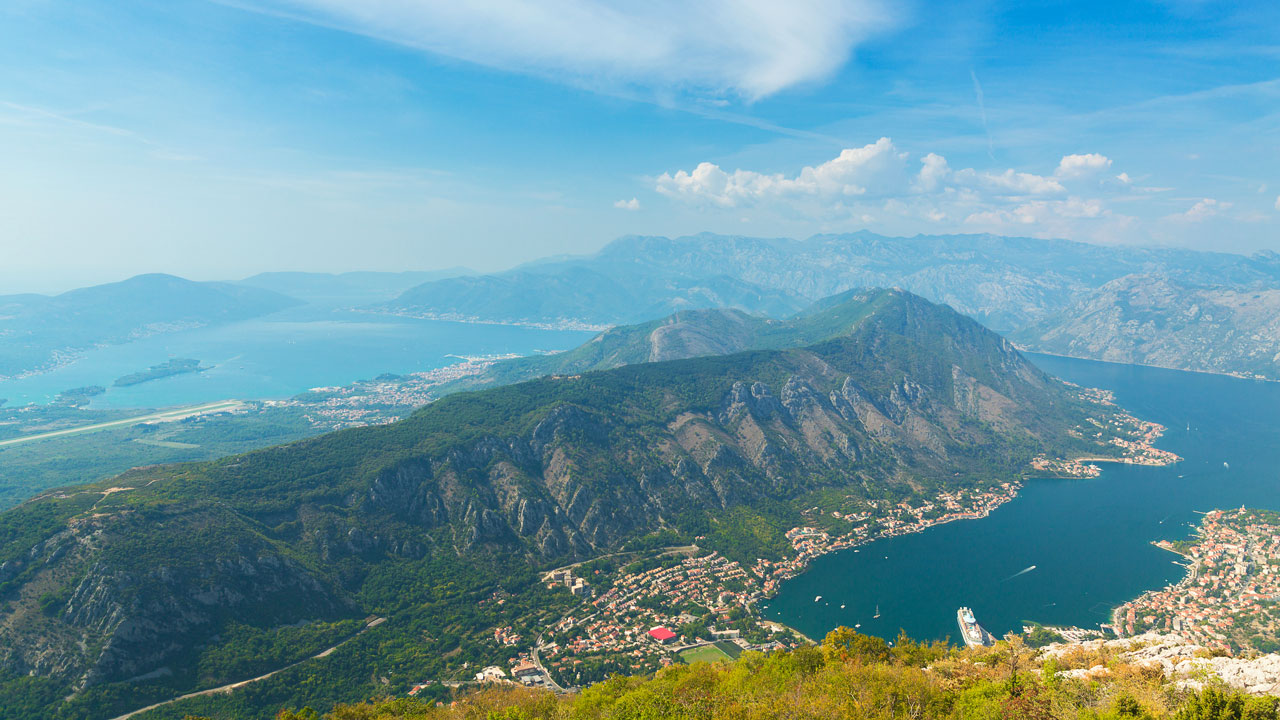
The Bay of Kotor is known locally as Boka (the Bay). The Bay of Kotor is the deepest fjord-like bay in the Mediterranean Sea, surrounded by two massifs of the Dinaric Alps: Orjen to the west, Lovćen to the east. These sheer granite walls rise steeply from the water.
The bay has been inhabited for centuries, and the shoreline is dotted with well-preserved medieval towns, mountain pathways, hidden inlets and remote pebble beaches. It has been a World Heritage Site since 1979. Activities include swimming, sailing, snorkeling, and scuba diving.
Kotor also has a strong naval history. It is home to the Bokeljska Mornarica, which has been active for more than twelve centuries and still uses its traditional clothing, dance and ceremonies.
3. Town of cats
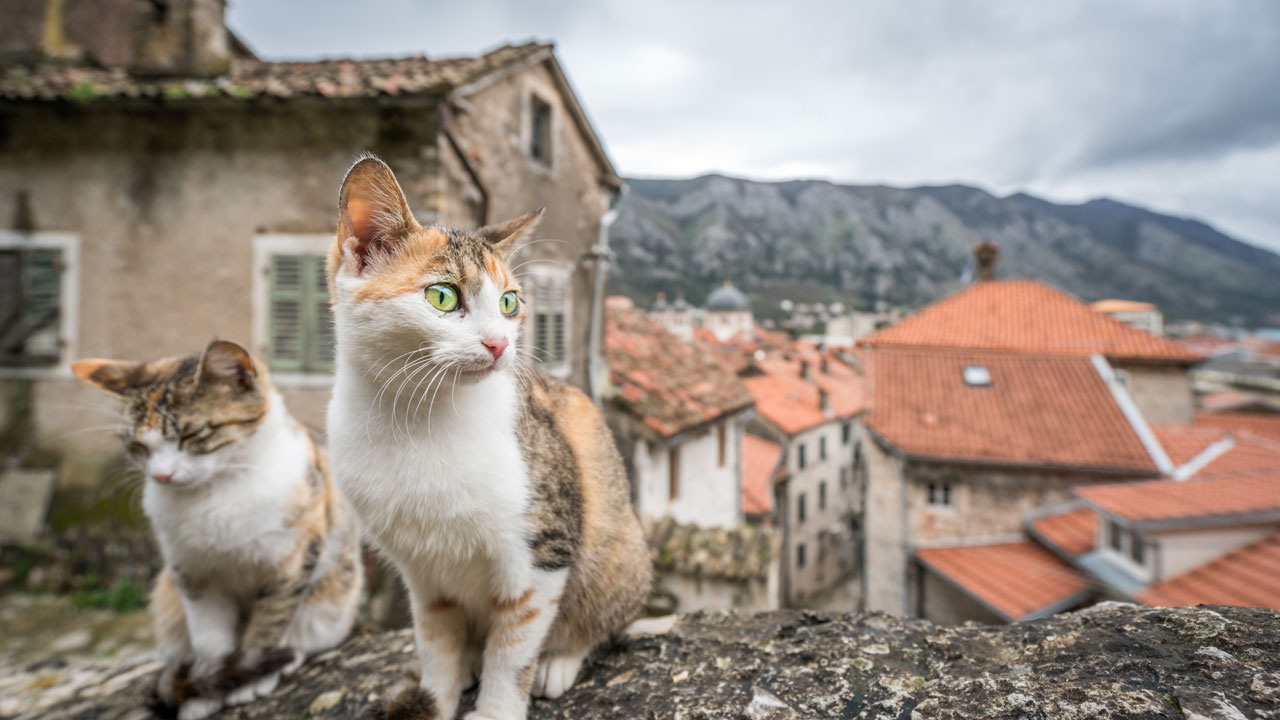
If you love cats, there is no better place than Kotor to spend your vacation. The city’s official symbol can be found all over the old town, with cat-themed souvenirs and knick-knacks for sale. They wander through Stari Grad like they own the place, finding the sunniest corners to groom themselves. Even a cat museum is one of the most popular attractions in the city.
No one knows for sure why there are so many cats in Kotor, but the most common theory is that they were left behind by traders who stopped in the city to fish. These cats had centuries to mingle with different breeds of domestic cats, creating a very multicultural gene pool. The sight of cats lazing on ancient walls and monuments adds a relaxed charm to the old town of Kotor and provides a lucrative subject for artists and trinket makers alike.
4. Most unique church style islets
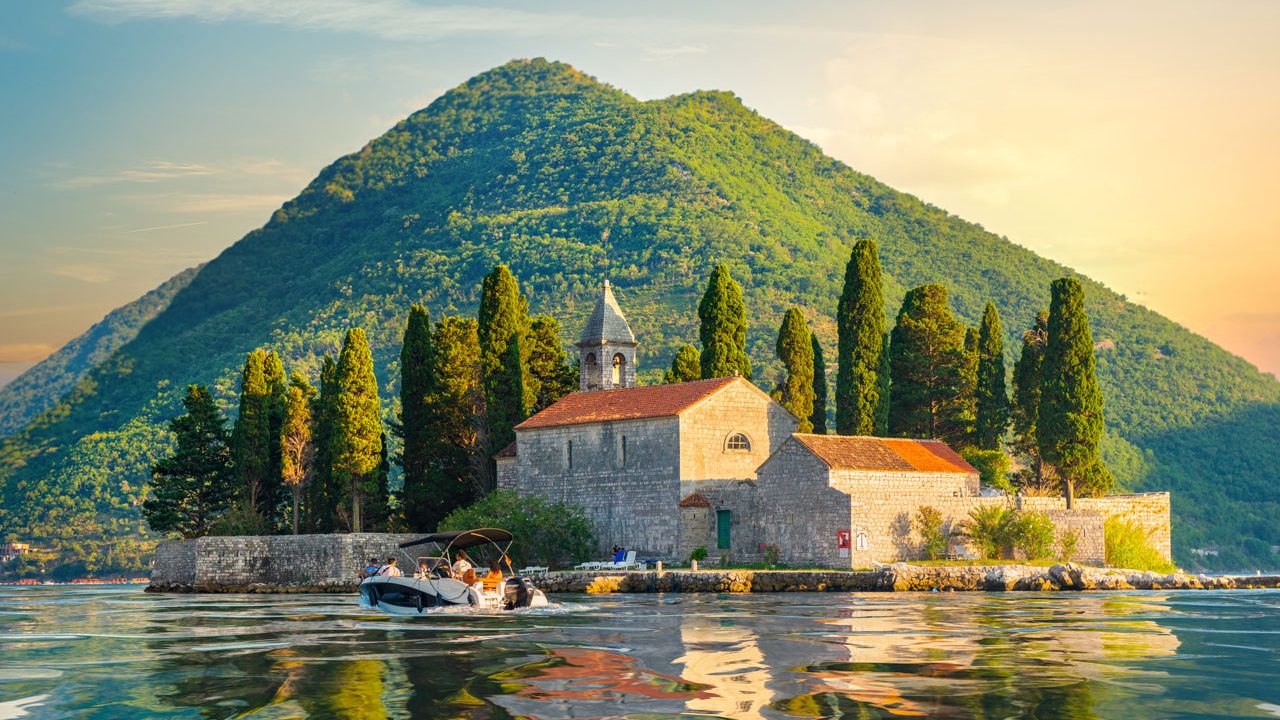
Half an hour north of Kotor, just off the picture-postcard town of Perast, lie two islets. Sveti Đorđe (Isle of St George) is only open to the clergy. Gospa od Škrpjela (Our Lady of the Rocks) can be visited by anyone and is reached by boat from Perast harbor. Both of these islands are incredibly photogenic and they appear in every article and brochure about the Bay of Kotor. Our Lady of the Rocks also has the distinction of being the only man-made island in the Adriatic. It is said that construction began here in 1452 when two fishermen found a picture of the Virgin Mary on a small spit here. These stones were piled up by more substantial blocks and ships wrecks. The church on the island was built in 1722 and has been a place of worship ever since. The church boasts 68 paintings by Baroque artist Tripo Kokolja, as well as a small shop and a navigation light.
The islets are best viewed from one of the seaside restaurants in Perast old town, with a plate of freshly grilled seafood and a glass of chilled wine.
5. Ancient hiking trail – The Ladder of Kotor
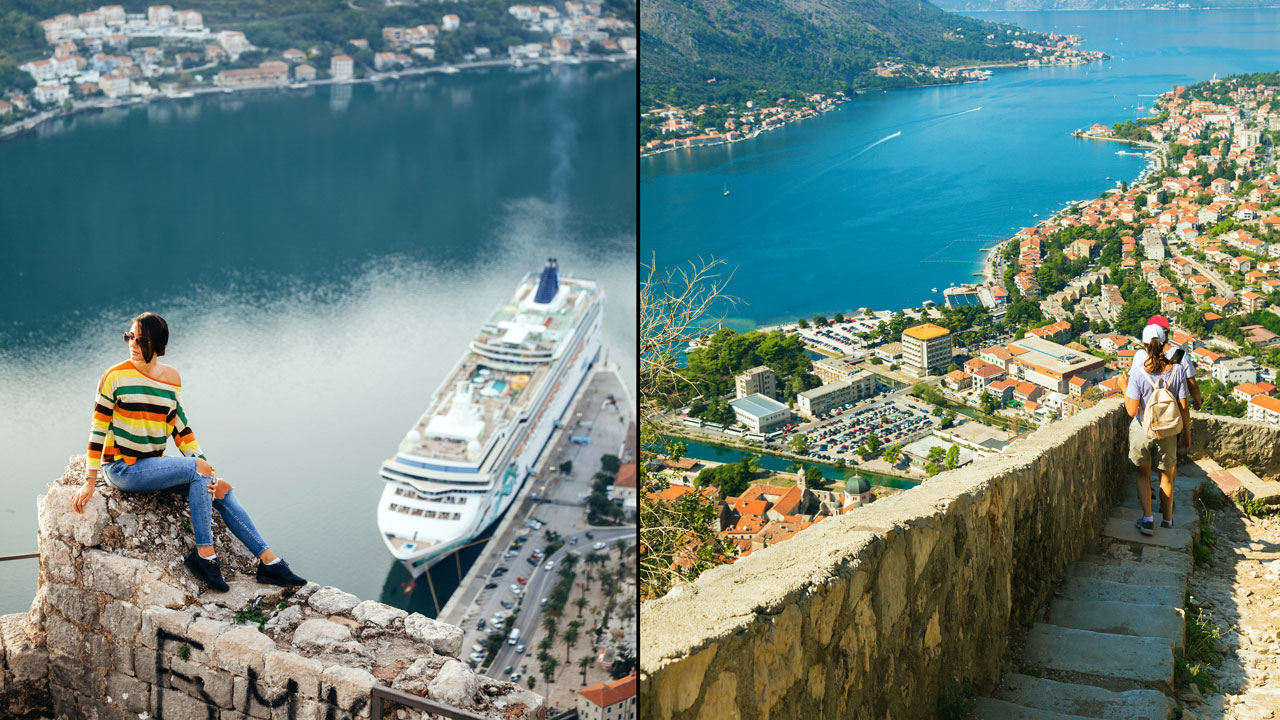
The Ladder of Kotor is a spectacular hiking trail that runs up the legendary route connecting Kotor and Cetinje. For centuries, this was the only path that connected these two cities and offers phenomenal views across the old town, the Bay of Kotor, and beyond.
The trail begins at the back of the old town, zig-zagging up the mountain, following the old city walls. It passes by the Chapel of St. Ivan and the Castle of San Giovanni, both visible from below – and this is as far as most visitors go. Here you’ll find the Ladder of Kotor itself, an extraordinary 72 switchbacks.
There are many reasons to visit Kotor, Montenegro, and we’ve listed five of our favorites here. If you’re looking for a place to explore that provides all the thrills and excitement of major cities like Paris and Rome but with an intimate and authentic feel, then this destination should be at the top of your list. You can learn more about Kotor in our blogs or even book a private tour by car or speed boat right now by browsing our website.
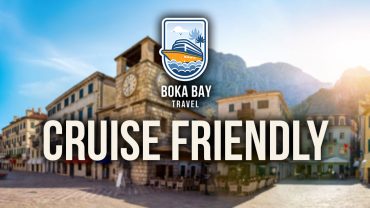
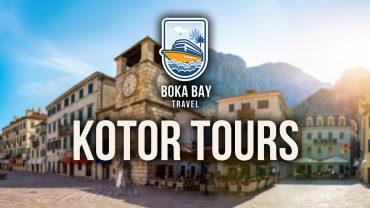
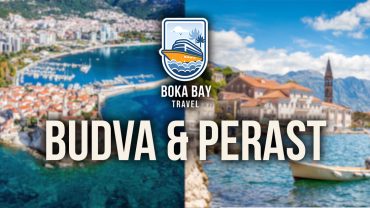
Comment (0)